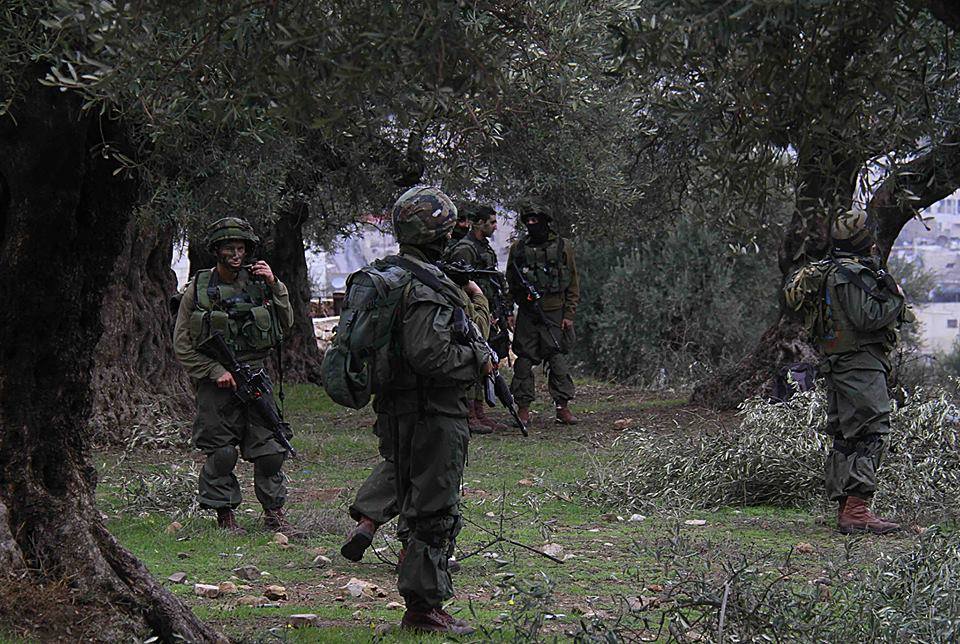Tag: Settlement
-
URGENT ALERT: Shuhada Street, Tel Rumeida declared ‘Closed Military Zone’; human rights activists expelled; homes raided
8th November 2015 | International Solidarity Movement, Al-Khalil team | Hebron, occupied Palestine The International Solidarity Movement (ISM) urges the international community to take immediate and urgent action against the Israeli occupation forces’ recent declaration of the Tel Rumeida neighborhood and Shuhada street in downtown Hebron as a closed ‘Closed Military Zone.’ On November 1st,…
-
Palestinians held hostage in their own homes by Israeli forces in al-Khalil (Hebron)
7th November 2015 | International Solidarity Movement, al-Khalil team | Hebron, occupied Palestine On November 7th 2015, Israeli forces violently took over several homes of Palestinian families in occupied al-Khalil (Hebron), trapping the families inside their own homes. Large parts of the city have been declared a ‘closed military zone’, preventing Palestinians from moving, while settlers…
-
International human rights defenders arrested and evicted while “Hebron is becoming ghettoized”
4th November 2015 | International Solidarity Movement, al-Khalil team | Hebron, occupied Palestine Two international human rights defenders were arrested in Hebron (al-Khalil) yesterday morning, November 3rd, while six others were ordered to leave an apartment in the H2 neighbourhood of Tel Rumeida by threat of arrest. The German and American nationals were arrested at…



